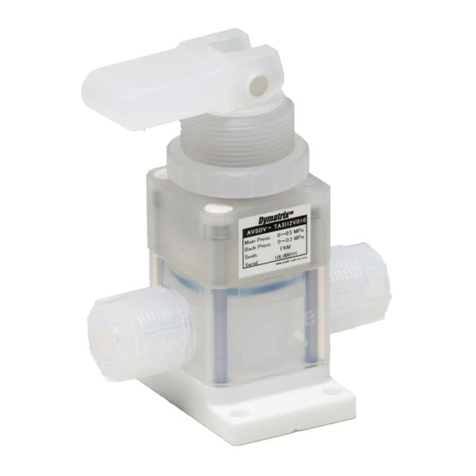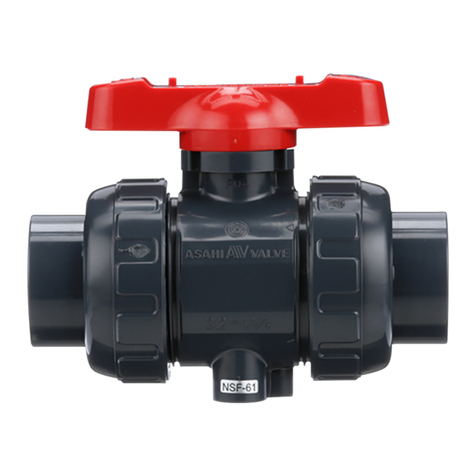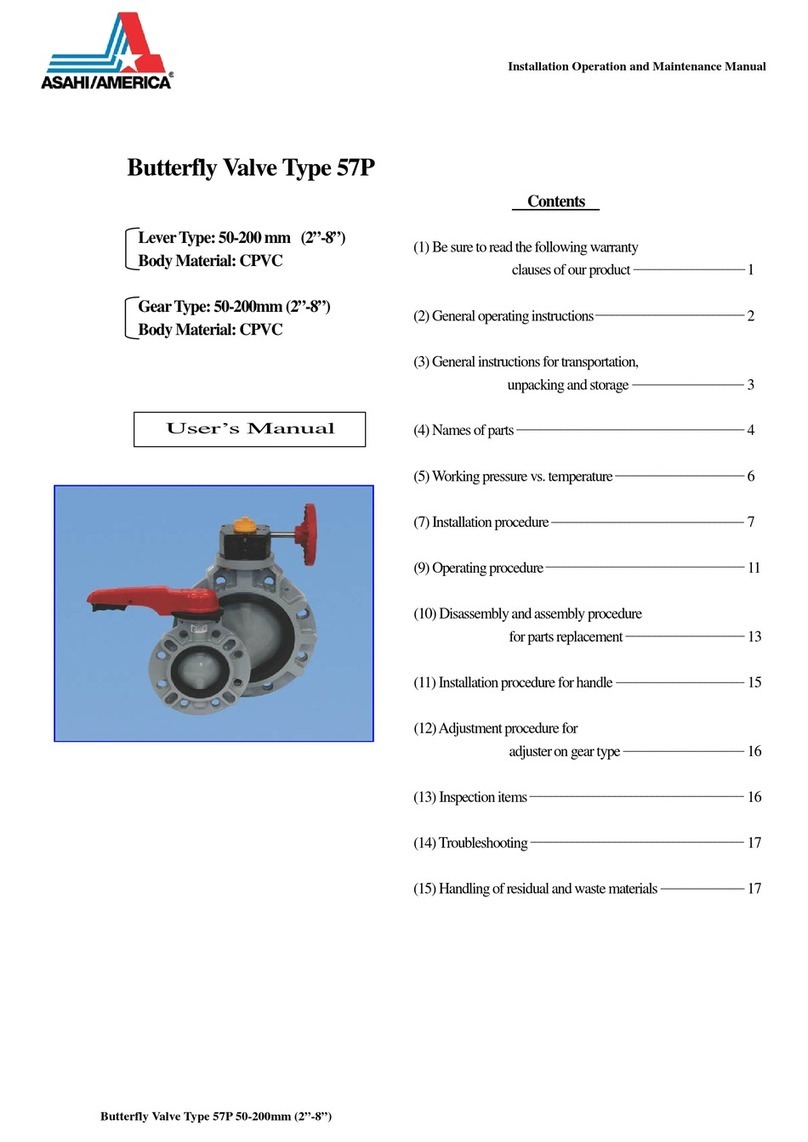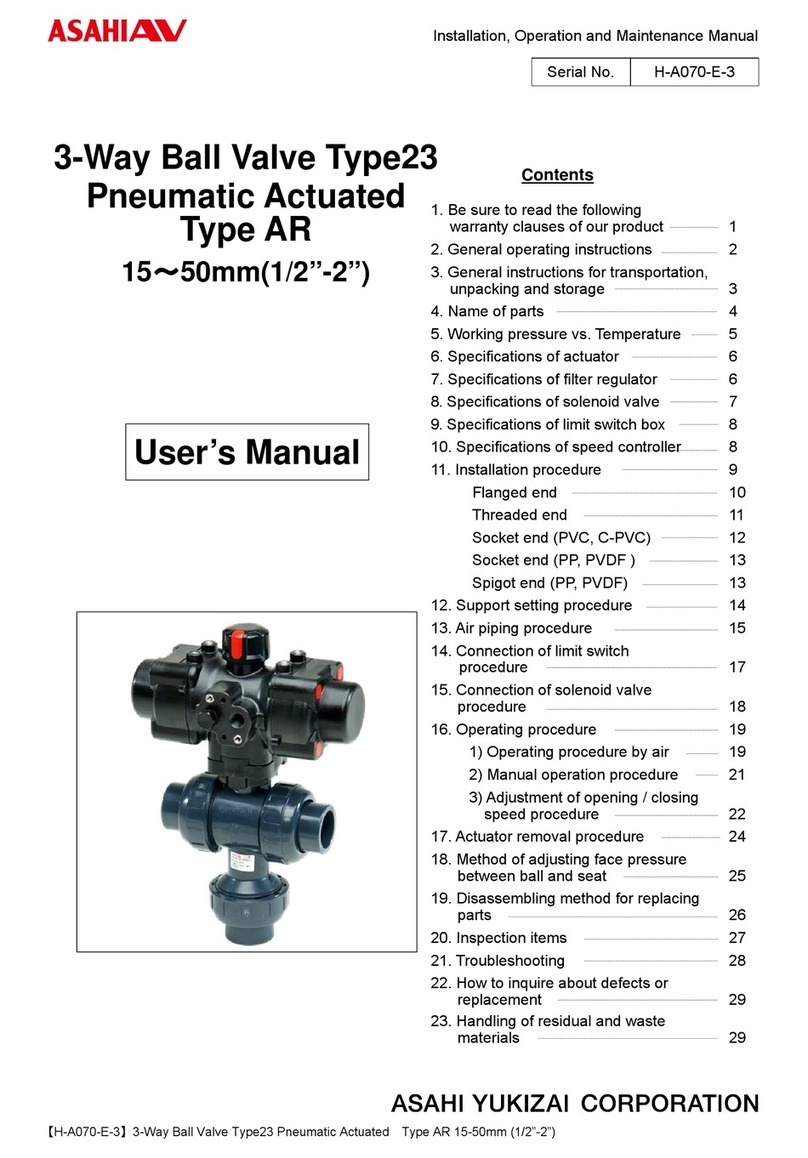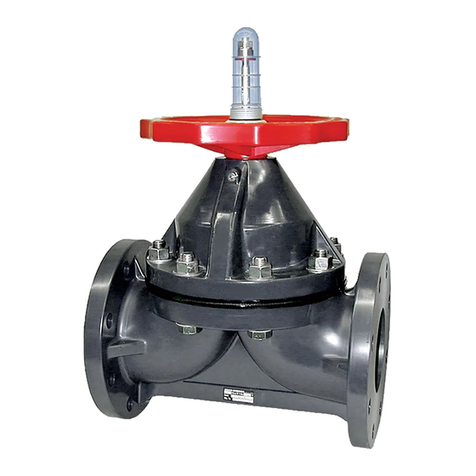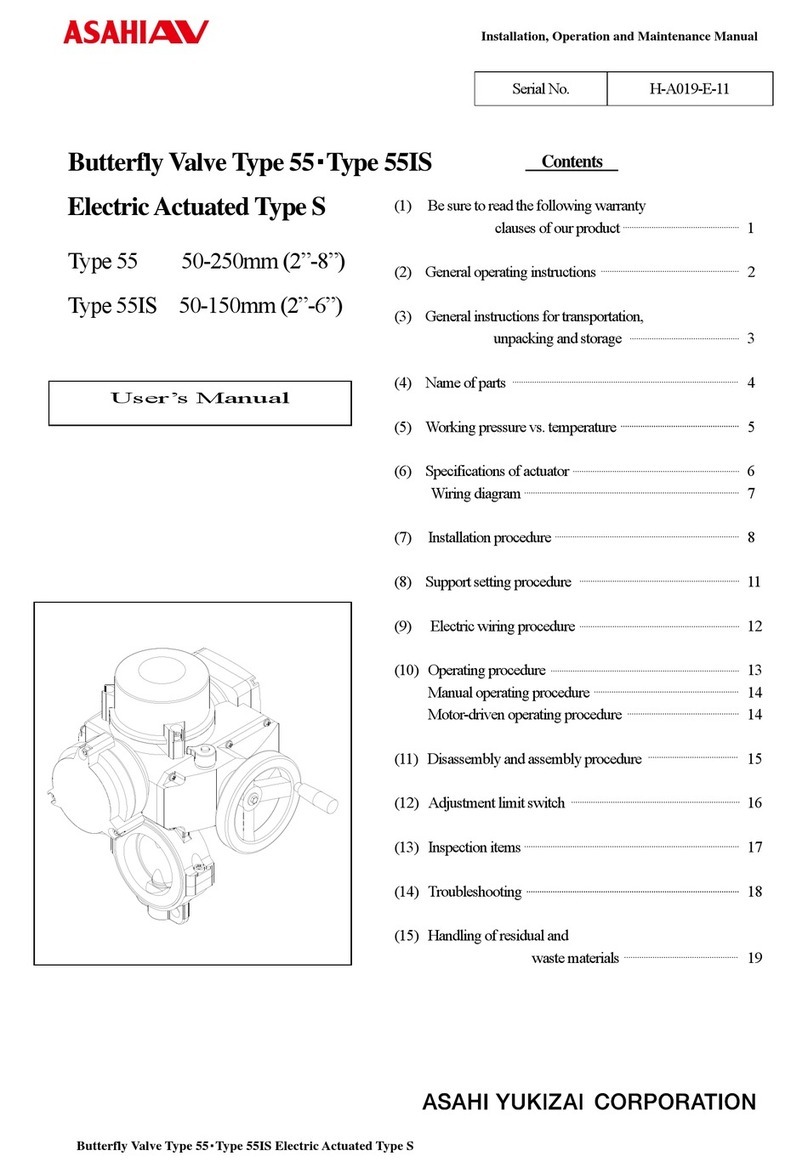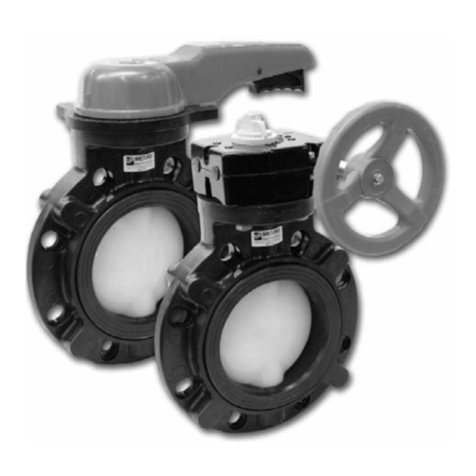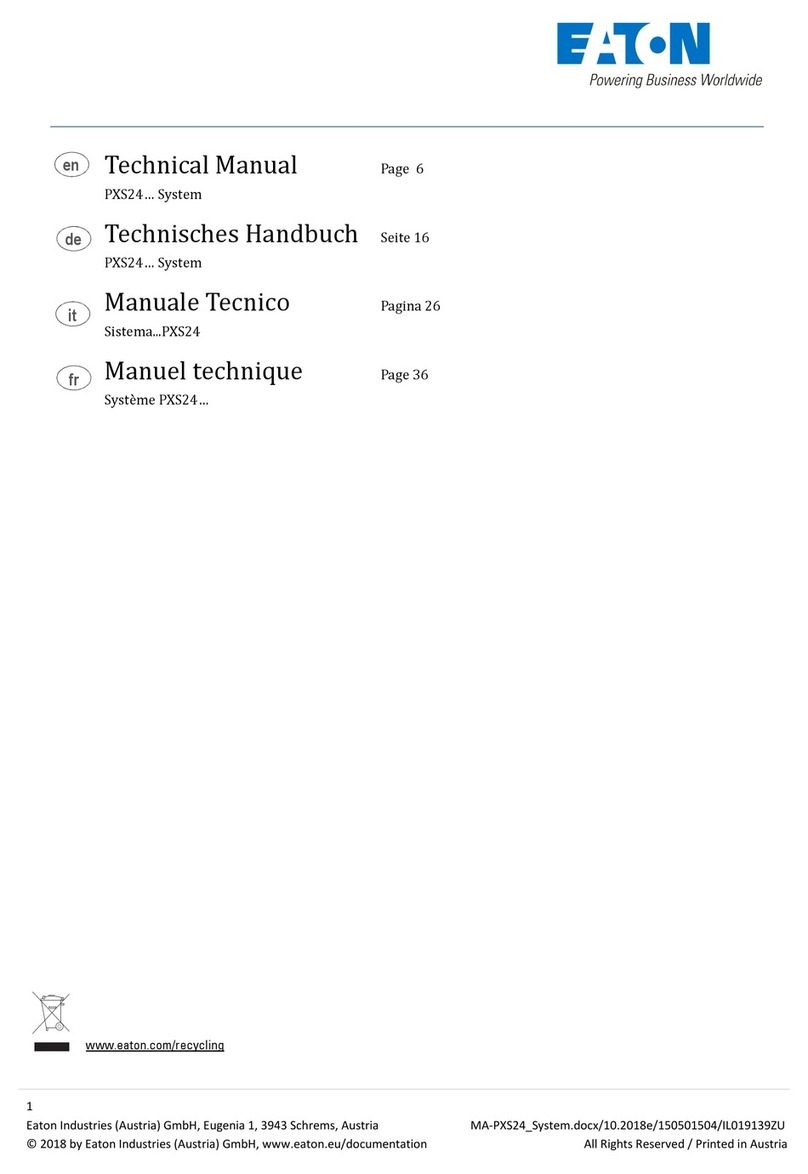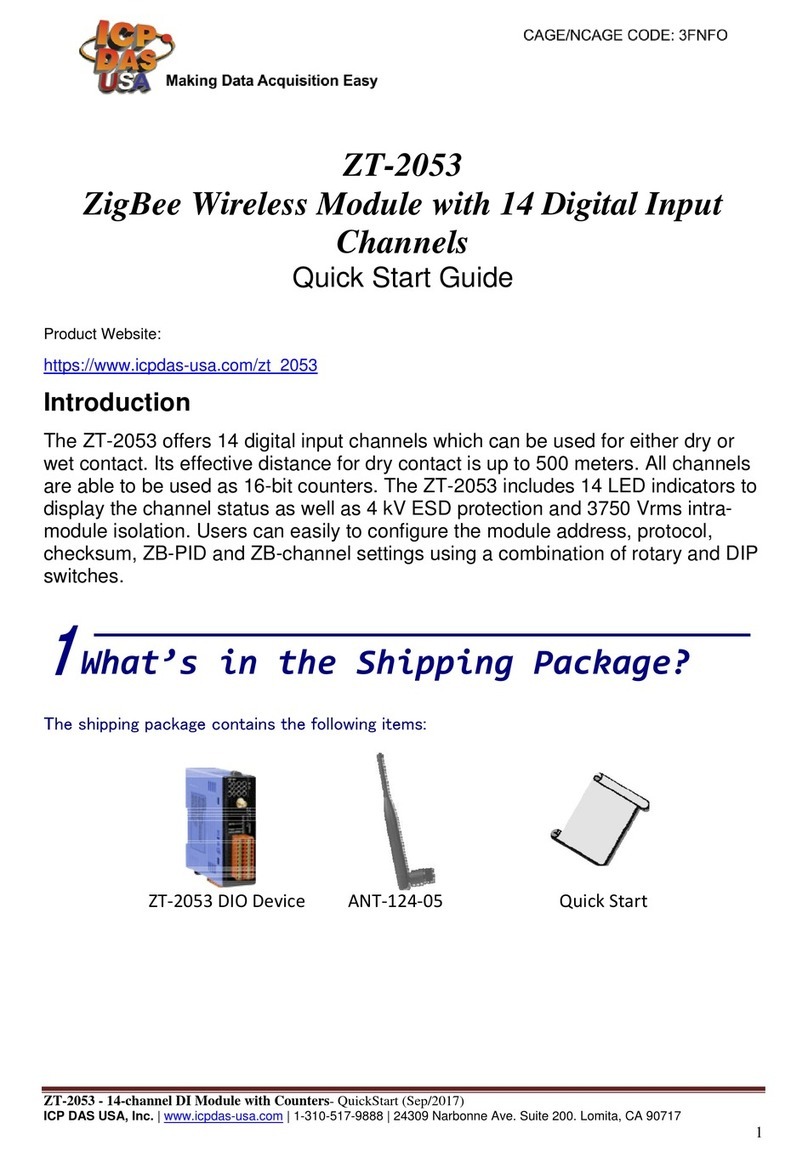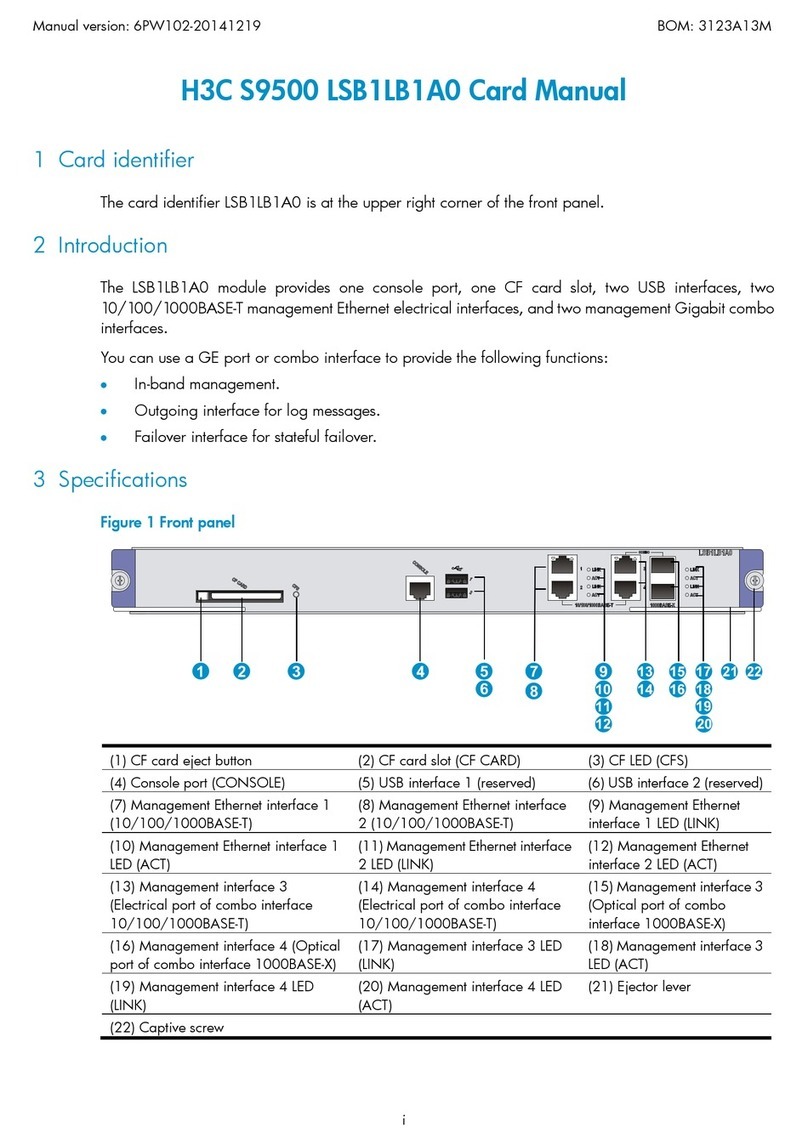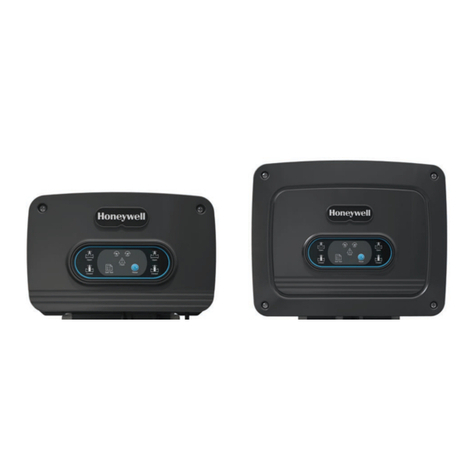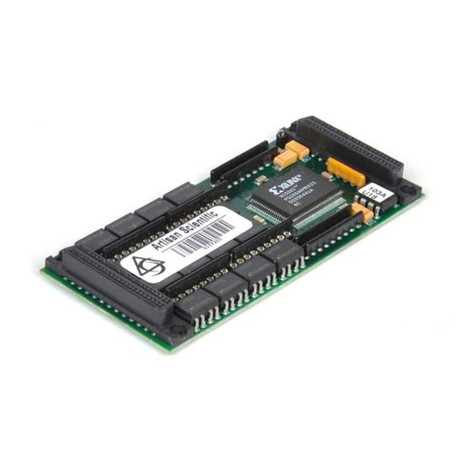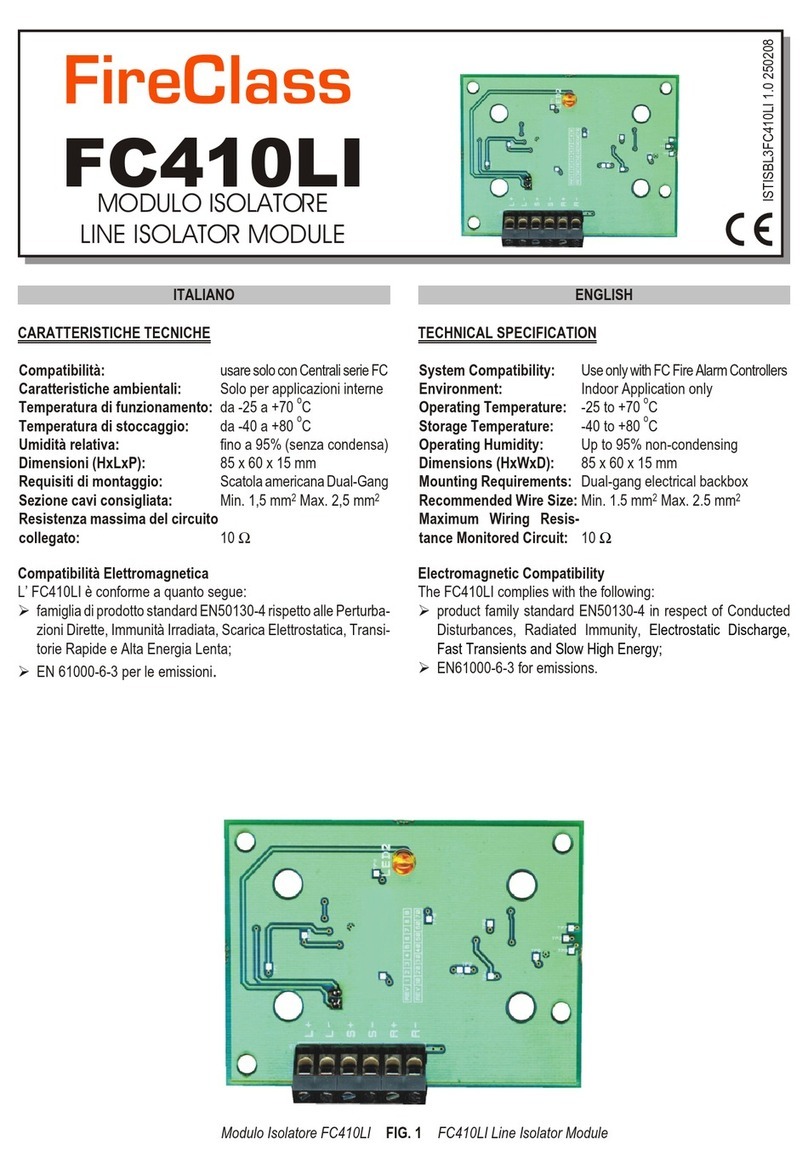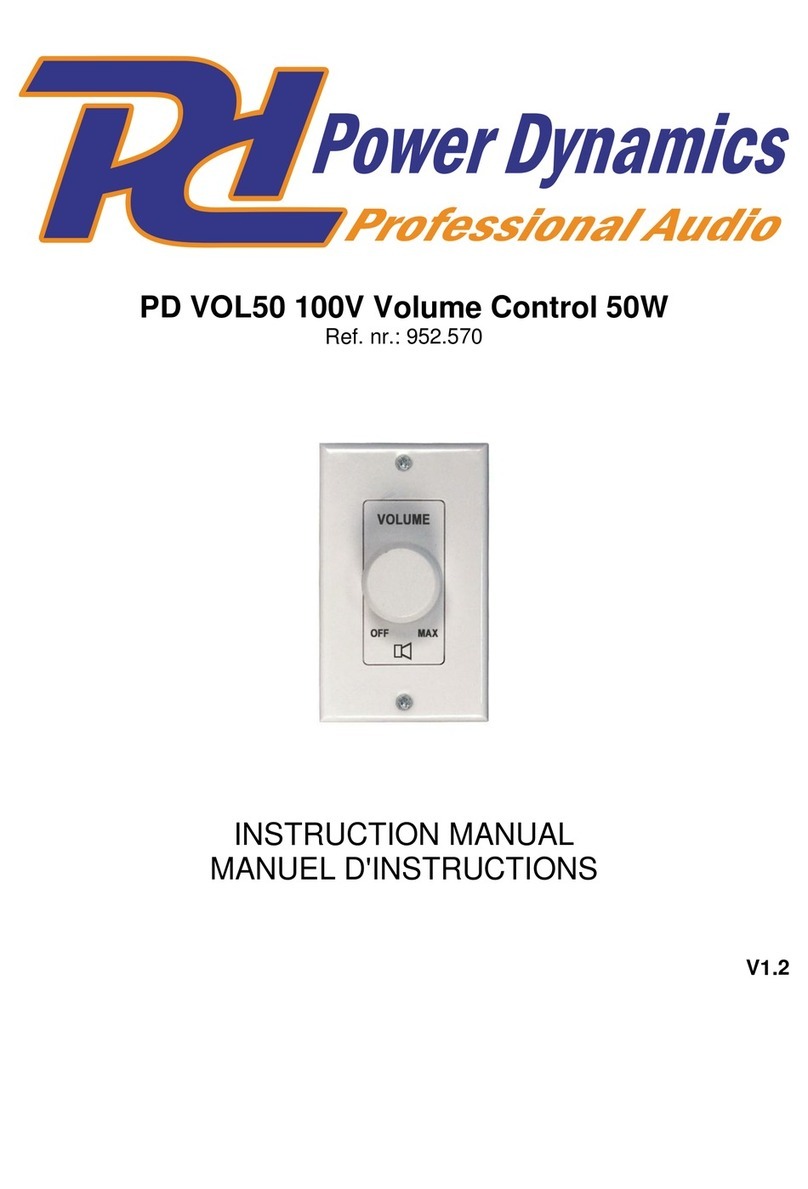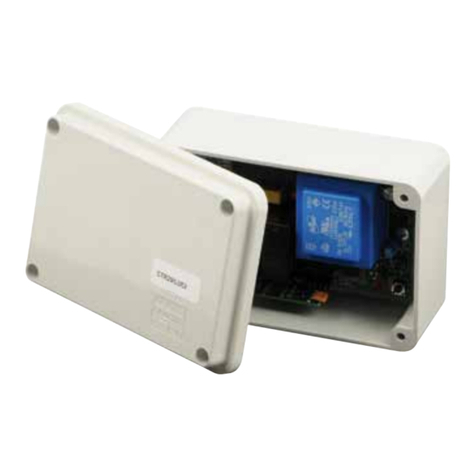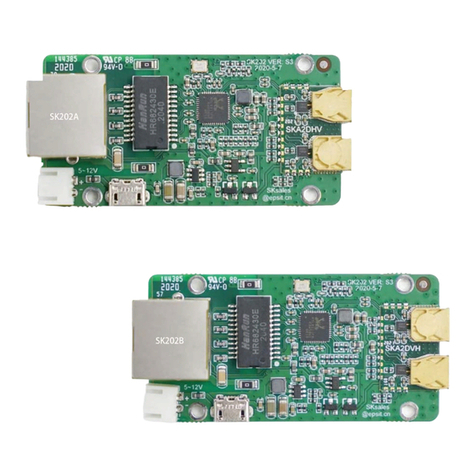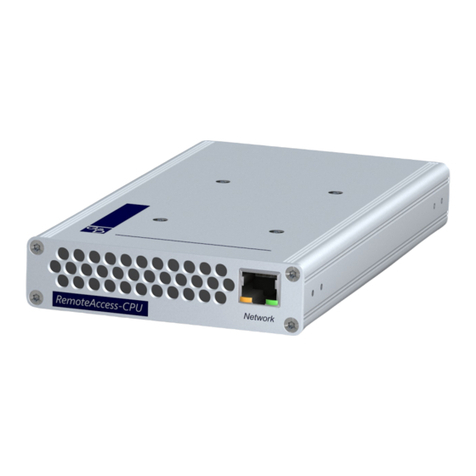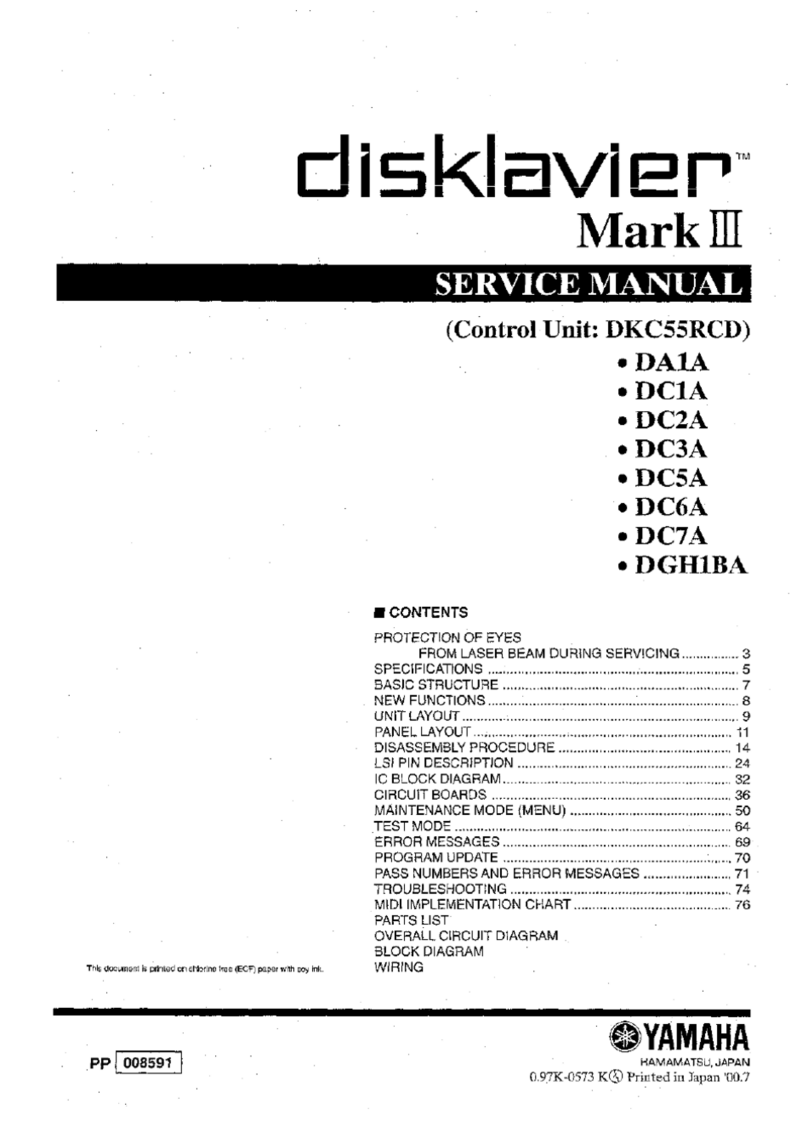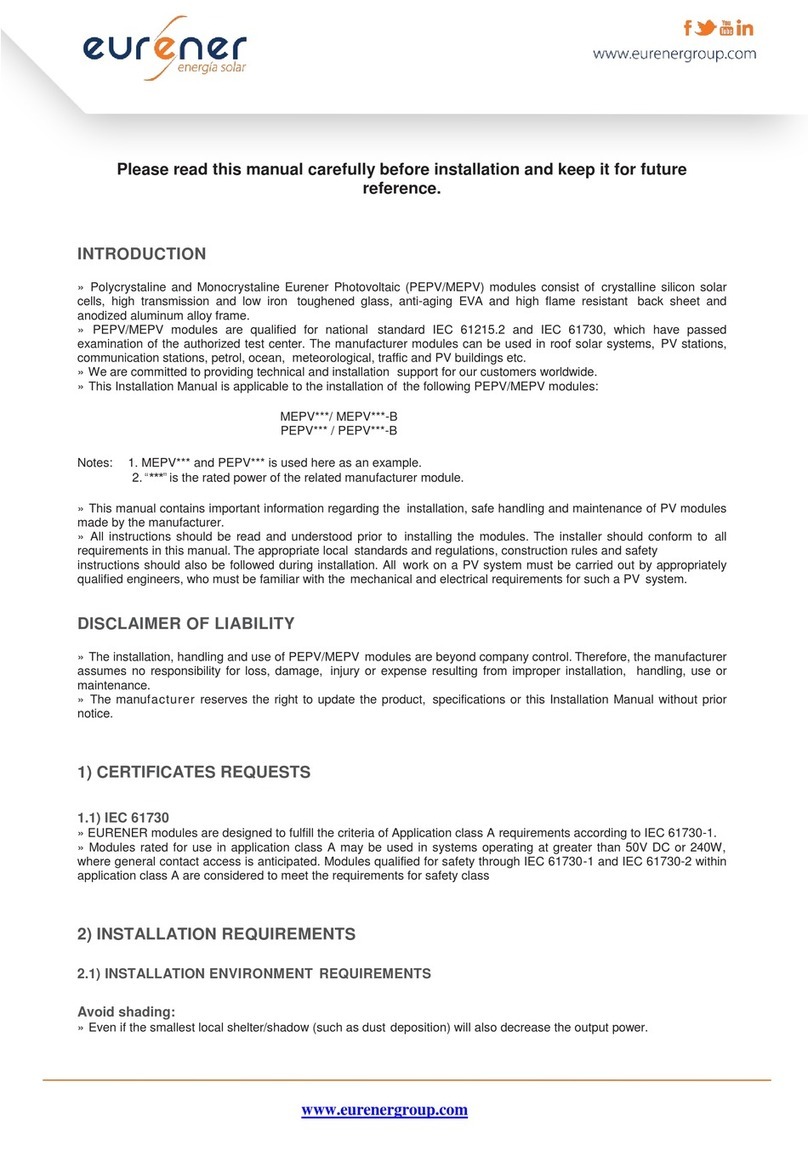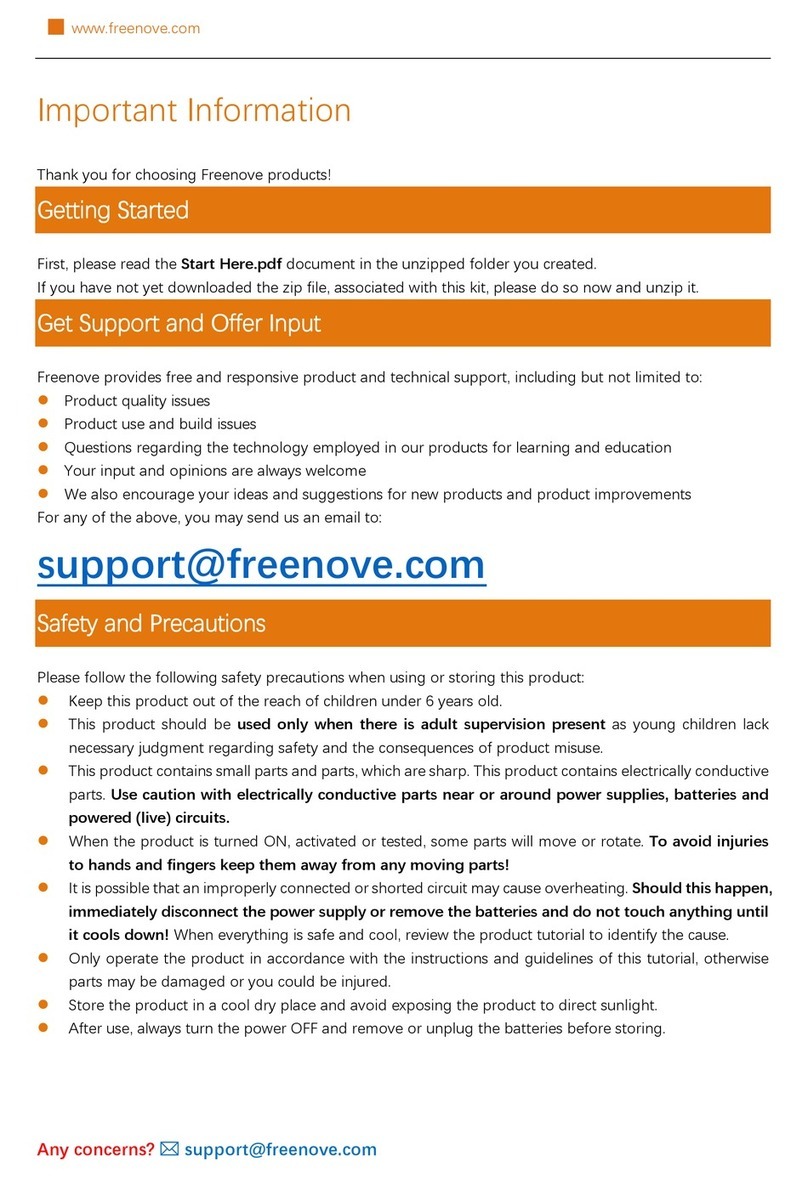ASAHI AV Series User manual

ASAHI AV VALVES Installation, Operation and Maintenance Manual
Ball CheckAnd Ball Foot Valves 0
Serial No. H-V014-E-10
Contents
(1) Be
sure
to
read the following warranty
clauses of our product 1
(2) General operating instructions 2
(3) General instructions for transportation,
unpacking and storage 3
(4) Name of parts 4
(5) Workingpressure vs. temperature 6
(6) Installation procedure 7
(7) Disassembling method for replacing parts 11
(8) Inspection items 12
(9) Troubleshooting 12
(10) Handling of residual and
waste materials 12
Ball CheckAnd Ball Foot Valves
User’s Manual
ASAHI AV VALVES

ASAHI AV VALVES Installation, Operation and Maintenance Manual
Ball CheckAnd Ball Foot Valves 1
This user’s guide contains information important to the proper installation, maintenance and safe use of an
ASAHI AV Product. Please store this manual in an easily accessible location.
<Warning & Caution Signs>
This symbol reminds the user to take caution due to the potential for serious injury or
death.
This symbol reminds the user to take caution due to the potential for damage to the valve
if used in such a manner.
<Prohibited & MandatoryAction Signs>
Prohibited: When operating the valve, this symbol indicates an action that should not be
taken.
Mandatory action: When operating the valve, this symbol indicates mandatory actions
that must be adhered to.
(1)Be sure to read the following warranty clauses of our product
-Always observe the specifications of and theprecautions and instructions on using our product.
- We always strive to improve product quality and reliability, but cannot guarantee perfection. Therefore, should
you intend to use this product with any equipment or machinery that may pose the risk of serious or even fatal
injury, or property damage, ensure an appropriate safety design or take other measures with sufficient consideration
given to possible problems. We shall assume no responsibility for any inconvenience stemming from any action
on your part without our written consent in the form of specifications or otherdocumented approval.
- The related technica
l
documents,
operation manuals,
and other documentation prescribe precautions on selecting,
constructing, installing, operating, maintaining, and servicing our products. For details, consult with our nearest
distributor or agent.
- Our product warranty extends for one and a half years after the product is shipped from our factory or one year after
the product is installed, whichever comes first. Any product abnormality that occurs during the warranty period
or which is reported to us will be investigated immediately to identify its cause. Should our product be deemed
defective, we shall assume the responsibility to repair or replace it free of charge.
-Any repair or replacement needed after thewarranty period ends shall be charged to the customer.
- Thewarranty does not cover the following cases:
(1) Using our product under any condition notcovered by our defined scope of warranty.
(2) Failure to observe our defined precautions or instructions regarding the construction, installation, handling,
maintenance, or servicing of our product.
(3)Any inconvenience caused by any product other than ours.
(4) Remodeling or otherwisemodifying our product by anyone other than us.
(5) Using any part ofour product for anythingother than the intended use of the product.
(6) Any abnormality that occurs due to a natural disaster, accident, or other incident not stemming from something
inside our product.
Warning
Caution

ASAHI AV VALVES Installation, Operation and Maintenance Manual
Ball CheckAnd Ball Foot Valves 2
(2) General Operating Instructions
- Using a positive-pressure gas with our plastic piping may pose a dangerous condition due to the repellent
force particular to compressible fluids even when the gas is under similar pressures used for liquids.
Therefore, be sure to take the necessary safety precautions such as covering the piping with protective
material. For inquiries, please contact us. For conducting a leak test on newly installed piping, be sure
to check for leaks under water pressure. If absolutely necessary to use a gas in testing, please consult
your nearest service station beforehand.
- Do not step on or apply excessive weight on valve. (It can be damaged.)
- Avoid using the valve in a line where the fluid flow is turbulent. The ball may excessively bounce
around, resulting in damage.
- Do not use the valve to fluid containing slurry. (The valve will notoperate properly.)
- Do not use the valve in conditions where the fluid may have crystallized.
(The valve will not operate properly.)
- Keep the valve away from excessive heat orfire. (It can be damaged, or destroyed.)
-Always operate the valve within the pressure vs. temperature range.
(The valve can be damaged ordeformed by operating beyond the allowable range.)
-Allow sufficient space for maintenance andinspection.
- Select a valve material that is compatible with the media. For chemical resistance information, refer to
“CHEMICALRESISTANCE ONASAHIAVVALVE”.
(Some chemicals may damage incompatible valve materials.)
- Keep the valve away from places of direct sunlight, water and dust. Use cover to shield the valve.
(The valve will not operate properly.)
- Perform periodic maintenance.
(Leakage may develop due to temperature changes or periods of prolonged storage, rest, or operation.)
- Use the valve at a pressure exceedingthe minimum operating differential pressure. (Check the effective head.)
Warning
Caution

ASAHI AV VALVES Installation, Operation and Maintenance Manual
Ball CheckAnd Ball Foot Valves 3
(3) General instructions for transportation, unpacking and storage
- This valve is not designed to handle impacts of any kind. Avoid throwing or dropping the valve.
-Avoid scratching the valve with any sharp object.
- Do not over-stack cardboard shipping boxes. Excessively stacked packages may collapse.
-Avoid contact with any coal tar creosote, insecticides, vermicides or paint.
(These chemicals may cause damage to the valve.)
- Store products in their corrugated cardboard boxes. Avoid exposing products to direct sunlight, and
store them indoors (at room temperature). Also avoid storing products in areas with excessive
temperatures. (Corrugated cardboard packages become weaker as they become wet with water or
other liquid. Take care in storage and handling.)
-After unpacking the products, check that they are defect-free and meet the specifications.
Caution

ASAHI AV VALVES Installation, Operation and Maintenance Manual
Ball CheckAnd Ball Foot Valves 4
(4) Name of parts
<BALL CHECK VALVE>
Material; U-PVC / EPDM (Socket end)
<BALLFOOT VALVE>
Material; U-PVC / EPDM (Socket end)
No. DESCRIPTION
[1] Body
[2] Ball
[3] End connector (Socket end)
[4] Union nut
[5] Stop ring (A)
[9] Seat
No. DESCRIPTION
[1] Body
[2] Ball
[4] Union Nut
[5] Stop Ring (A)
[8] Screen
[9] Seat

ASAHI AV VALVES Installation, Operation and Maintenance Manual
Ball CheckAnd Ball Foot Valves 5
<TRUE UNION BALLCHECK VALVE>
<TRUE UNION BALLFOOT VALVE>
No. DESCRIPTION
[1] Body
[2] Ball
[3] End connector (Flanged end type)
[3c] End connector (Socket endtype)
[3d] End connector (Threaded end type)
[3e] End connector (Spigot end type)
[4] Union nut
[5] Stop ring (A)
[9] Seat
[10] O-ring (A)
[11] Stop ring (B)
No. DESCRIPTION
[1] Body
[2] Ball
[3] End connector
[3b] End connector(Flanged end type)
[3c] End connector(Socket end type)
[3d] End connector(Threaded end type)
[3e] End connector(Spigot end type)
[4] Union nut
[5] Stop ring (A)
[8] Screen
[9] Seat
[10] O-ring (A)
[11] Stop ring (B)

ASAHI AV VALVES Installation, Operation and Maintenance Manual
Ball CheckAnd Ball Foot Valves 6
(5) Working pressure vs. temperature
Nominal size; 15mm-50mm(1/2”-2”) Nominal size; 80mm, 100mm(3”, 4”)
The measurement of the minimum pressure for opening& closing the valve
Test Items Vertical Piping Horizontal Piping
Nominal Size
mm inch Min.Air Pressure to
open the valve Min.Air Pressure to
shut the Disc perfectly Min.Air Pressure to
open the valve Min.Air Pressure to
shut the Disc perfectly
15 1/2 0.005 {0.05} 0.02 {0.2} 0.001 {0.01} 0.02 {0.2}
20 3/4 0.005 {0.05} 0.03 {0.3} 0.001 {0.01} 0.03 {0.3}
25 1 0.005 {0.05} 0.03 {0.3} 0.001 {0.01} 0.03 {0.3}
40 1 1/2 0.01 {0.1} 0.03 {0.3} 0.002 {0.02} 0.03 {0.3}
50 2 0.01 {0.1} 0.03 {0.3} 0.002 {0.02} 0.03 {0.3}
80 3 0.01 {0.1} 0.02 {0.2} 0.002 {0.02} 0.02 {0.2}
100 4 0.01 {0.1} 0.02 {0.2} 0.002 {0.02} 0.02 {0.2}
*Data mentioned in the table above is reference only.

ASAHI AV VALVES Installation, Operation and Maintenance Manual
Ball CheckAnd Ball Foot Valves 7
(6) Installation procedure
- Take care not to over-tighten the Union Nut.(The valve can be damaged.)
- Do not use the pipe wrench. (The valve can be damaged.)
- The valve is applicable to both types: vertical and horizontal piping. In the case of vertical piping,
use the valve in applications where the fluid travels upwards.
- Install the piping while matching the arrow on the valve body with the flow direction of the fluid.
Flanged Type
- Use flat faced flanges for connection toAV Valves.
- Ensure that the mating flanges are of the same standards.
- Be sure to use sealing gaskets (AV Gasket), bolts, nuts, and washers and tighten them to specified torques.
(When a non-AV gasket is used, a different tightening torque specificationshould be followed.)
●Torque wrench ●Spanner wrench ●Bolt, Nut, Washer (For many flanges specification)
●AV gasket ●Strap wrench
Procedure
1) Set theAV gasket between the flanges.
2) Insert washers and bolts from the pipe side, insert washers and nuts from the valve side, then temporarily
tighten them by hand.
- The parallelism and axial misalignment of the flange surface should be under the values shown in
the following table to prevent damage the valve.
(Afailure to observe them can cause destruction due to stress application to the pipe)
Unit:mm[inch]
Nom. Size Axial
Misalignment Parallelism
(a-b)
15-25mm
(1/2”-1”) 1.0
(0.04) 0.5
(0.02)
40,50mm
(1 1/2”,2”) 1.0
(0.04) 0.8
(0.03)
80,100mm
(3”,4”) 1.0
(0.04) 1.0
(0.04)
3) Using a torque wrench, tighten thebolts and nuts gradually to the specified torque in adiagonal manner
Necessary items
(Axial misalignment) (Parallelism)
Caution
Caution
Caution

ASAHI AV VALVES Installation, Operation and Maintenance Manual
Ball CheckAnd Ball Foot Valves 8
- Tighten the bolts and nuts gradually with a torque wrench to the specified
torque level in a diagonal manner.
Recommended torque value Unit:N・m{kgf・cm}[lb・inch]
Nom. Size 15-20mm
(1/2”-3/4”) 25-40mm
(1”-1 1/2”) 50 mm
(2”) 80, 100 mm
(3”, 4”)
PTFE・PVDF
coated 17.5{179}[155] 20.0{204}[177] 22.5{230}[230] 30.0{306}[266]
Rubber 8.0 {82} [71] 20.0 {204} [177] 22.5 {230} [230] 30.0 {306} [266]
*Be sure to setthe union nut [4] when it was removed or loosen frombody [1].
1) Attach seat [9], stop ring (A) [5] and ball [2] in order, and tighten the union nut by hand.
2) Using a strap wrench, screw it in by turning 90°- 180°carefully without damaging it.
Threadedtype
(Material : PVC,C-PVC,PP,PVDF)
-Avoid excessive tightening. (The valve can be damaged.)
- Make sure that the threaded connections are plastic x plastic. (Metallic thread can cause damage.)
- Wrap the threaded joints on our plastic piping with sealing tape. Using a liquid sealing agent or liquid
gasket may cause stress cracks (Environmental Stress Cracking). Our product warranty shall not
apply in case of said use, even when said use is unavoidable.
●Sealing tape ●Strap wrench ●Spanner wrench
Procedure
1) Wind a sealing tape around the external thread of joint, leaving the end (about 3mm) free.
2) Loosen the union nut [4] with a strap wrench.
3) Remove the union nut [4] and the end connector4d.
4) Lead the union nut[4] through the pipe.
5) Tighten the external thread of the joint and the end connector [3] hardly with hand.
6) Using a spanner wrench, screw in the end connector [3] by turning 180 o-360 o carefully without damaging it.
Fig. 1
Necessary items
Caution
Caution

ASAHI AV VALVES Installation, Operation and Maintenance Manual
Ball CheckAnd Ball Foot Valves 9
7) Make sure that the O-ring(A) [10] is mounted.
8) Set the end connector [3]and union nut [4] directly on the body without allowing the O-ring (A) to come off.
9) Tighten theunion nut [4] hardly with hand.
10) Using a strap wrench tighten union nuts uniformly on each side approx 90 o –180 o turns, 1/4 to 1/2 turns.
Sockettype
(Material : PVC,C-PVC)
- When using an adhesive, ventilate the space sufficiently, prohibit the use of a fire in the vicinity,
and do not inhale adhesive vapors directly.
- If an adhesive gets into contact with your skin, wash it off immediately. If you feel sick or find any
anomaly, receive a physician's diagnosis and take appropriate measures promptly.
- Take care in doing work at low temperatures. Solvent vapors are hard to evaporate and are likely to
remain. (Solvent cracks may occur, damaging the equipment.) After assembling the piping
system, open both ends of the piping and use a fan (of the Low-Voltage Type) or something similar
to ventilate the space, thus removing the solvent vapors.
- Use the appropriateAsahiAV cement.
- Conduct a water test at least 24 hours after joining the pipes with an adhesive/cement.
●Adhesive for hard vinyl chloride pipes ●Strap wrench
Procedure
1) Loosen the union nut [4]with a strap wrench.
2) Remove the union nut [4] and end connector .[3]
3) Lead the union nut through the pipe.
4) Clean the hub part ofthe end connector [3] by wiping the waste cloth.
5) Apply adhesive evenly to the hub part of the end connector [3] and the pipe spigot.
Adhesive quantity (guideline)
Nom. Size 15mm
(1/2”) 20mm
(3/4”) 25mm
(1”) 40
(1 1/2”) 50
(2”) 80
(3”) 100
(4”)
Quantity(g) 1.0 1.3 2.0 3.5 4.8 9.0 13.0
6) After applying adhesive, insert the pipe quickly to the end connector [3] and leave it alone for at least 60
seconds.
Necessary items
Caution
W
arning

ASAHI AV VALVES Installation, Operation and Maintenance Manual
Ball CheckAnd Ball Foot Valves 10
7) Wipe away overflowing adhesive.
8) Make sure that O-ring(A) [10]is mounted
9) Set the end connector [3] and union nut [4] directly on the body without allowing the O-ring (A) [8] to come off.
10) Tighten theunion nut [4] hardly with hand.
11) Using a strap wrench tighten union nuts uniformly on each side approx 90 o –180 o turns, 1/4 to 1/2 turns.
Sockettype
(Material : PP)
●Strap wrench
●Sleeve welder or automatic welding machine
●User’s manual for sleeve welder or automatic welding machine
Procedure
1) Loosen the union nut with a strap wrench.
2) Remove the union nut [4] and the end connector.
3) Lead the unionnut [4] through the pipe.
4) For the next step, refer tothe user’s manual for the sleeve welder or the automatic welding machine.
5) After welding, make sure thatthe O-ring (A) [10] is mounted.
6) Set the end connector [3] and the union nut [4] directly without allowing the O-ring (A) [10] to come off.
7) Tighten the union nut [4]hardly with hand.
8) Using a strap wrench tighten union nuts uniformly on each side approx 90 o –180 o turns, 1/4 to 1/2 turns.
Necessary items

ASAHI AV VALVES Installation, Operation and Maintenance Manual
Ball CheckAnd Ball Foot Valves 11
(7) Disassembling Method for Replacing Parts
- Be sure to conduct a safety check on all hand andpower tools to be used before beginningwork.
- Wear protective gloves and safety goggles as fluid remain in the valve even if the pipeline is empty.
(You may be injured.)
- Do not change or replace valve parts under line pressure.
- Take care not to over-tighten the Union Nut.(The valve can be damaged.)
- Do not use the pipe wrench. (The valve can be damaged.)
- When installing, disassembling, or reassembling the piping, fix the End Connector.
- Before a water test, be sure that the Union Nut is tightly fastened.
- Fasten the Union Nut while avoiding the parallelismand axial misalignment of the flange surface.
- When connecting an ASAHI AV Valve to metal piping, take care not to let the pipe stress on the
ASAHIAV Valve.
●Strap wrench ●Safety goggles ●Protective gloves
<Disassembly>
Procedure
1) Completely discharge fluid from pipes.
2) Turn the handle to fullshut.
3) Loosen the union nut [4], ball [2], seat [9] and stop ring (A) [5]and removed.
4) Check all parts, and replace with a new oneif worn.
<Assembly>
Procedure
1) Attach seat [9], stop ring (A) [5] and ball [2] in order, and tighten the union nut by hand.
- Check the seat and the stop ring (A) for their faces and backs, and ensure they are installed properly
they will not work properly if installed backwards.
(They can not be sealed.)
2) Using a strap wrench, screw it in by turning 90°- 180°carefully without damaging it.
Necessary items
Warning
Caution
Caution

ASAHI AV VALVES Installation, Operation and Maintenance Manual
Ball CheckAnd Ball Foot Valves 12
(8) Inspection items
- Perform periodic maintenance. (Leakage may develop due to temperature changes or over periods
of prolonged storage, restor operation.)
○Inspect the follow items;
(1) Check for any flaw, cracks, or deformation on the outside.
(2) Check whether fluid leaks to the outside.
(3) Check whether the cap nut has been loosened.
(9) Troubleshooting
Problem Cause Treatment
Insufficient back pressure Check back pressure.
Foreign matter is in the valve. Clean the valve.
Fluid leaks from the valve
even when the valve is closed
fully.
The seat or ball is scratched or worn. Replace the seat or ball with a new
one.
The seat is scratched or worn. Replace seat with a new one.
Fluid leaks from the valve. The union nut isloosened. Tighten up the union nut.
(10) Handling of residual and waste materials
- Make sure to consult a waste treatment dealer for recommendations on the proper disposal of plastic
valves. (Poisonous gas isgenerated when the valve is burned improperly.)
Caution
Warning

ASAHI AV VALVES Installation, Operation and Maintenance Manual
Ball CheckAnd Ball Foot Valves 13
Ball Check & Ball FootValve
Asahi Organic Chemicals Industry’s homepage http://www.asahi-yukizai.co.jp/en/
Information in this manual is subject to change without notice. 2011.11
ASAHI AV VALVES
Distributor
Other ASAHI Control Unit manuals
